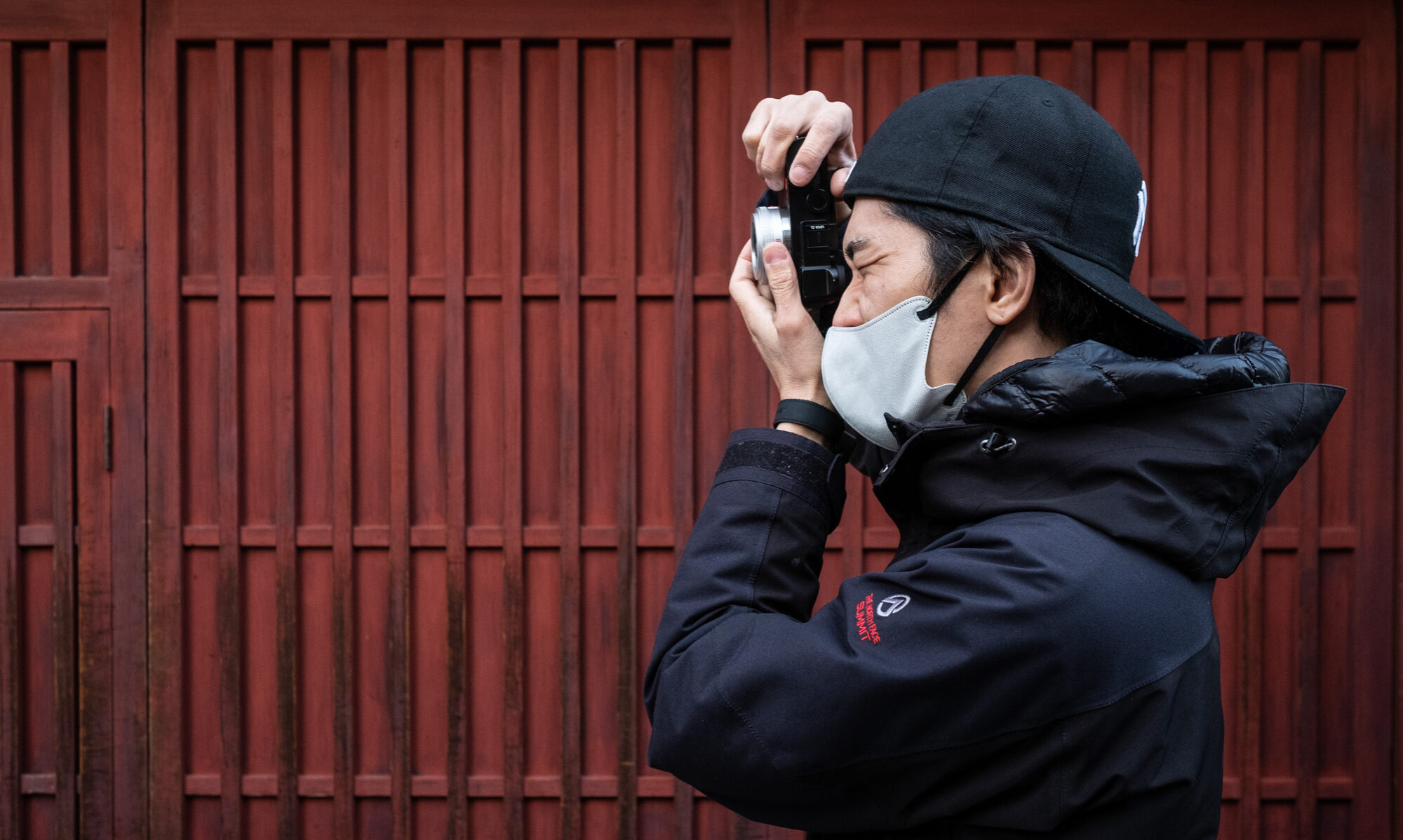One of the most asked questions from students in both basic photography classes or intermediate classes is definitely, “What is light meter and how does it work?”. Well, regardless which digital cameras you have they all have a light meter built into them that reads the light level in a scene and it assesses the combination of ISO, shutter speed and aperture required to get the “right” result. Provided nothing in the scene is way too bright or dark, a camera’s internal meter works well, most of the time.
Problems may arise, however, when there are bright lights that create highlights or reflections, or the sun is in the scene. At the other end of the brightness scale dark shadows or low light may also pose a challenge. In situations such as these, the meter can be fooled. If you include too much bright snow in the scene, for example, the meter may determine that the whole scene is bright: consequently it tries to underexposure , and the result is too dark. Conversely, take a photograph in a shady place and the camera tries to overexposure because this time there is not enough light.
Camera designers have been ingenious in finding techniques to deal with these issues. that have provided metering modes, a solution where the camera doesn’t measure light equally from across the scene. The different modes are a big topic in our Basic Photography Course (Essential Foundation) and are also describe below.
However, it is an advantage with a digital camera to record a photo to look at the LCD screen to see if the result is up to one’s liking. Take the picture again by altering the exposure: If it’s too dark on the screen, increase the exposure (move the indicator to the plus(+) side): if it’s too light, decrease the exposure (move the indicator to the minus(-) side).
Center-weighted mode– the meter sensor takes most of the reading from the center of the scene.
Spot metering mode– it takes a reading from a small area: You choose the part that is a midtone, take an exposure and apply this value for the whole scene.
Matrix metering– in some cameras it’s called Evaluative, Multi, Pattern, depending on the brand of the cameras. The viewfinder is divided into a number of different segments and the meter sensor reads light from each one (the more segments it has, the more advanced it performs). The readings are compared with combinations programmed into the camera’s memory. Most scenes can be accurately evaluated, apart from impossibly bright highlights or the proverbial black in a coal cellar.


